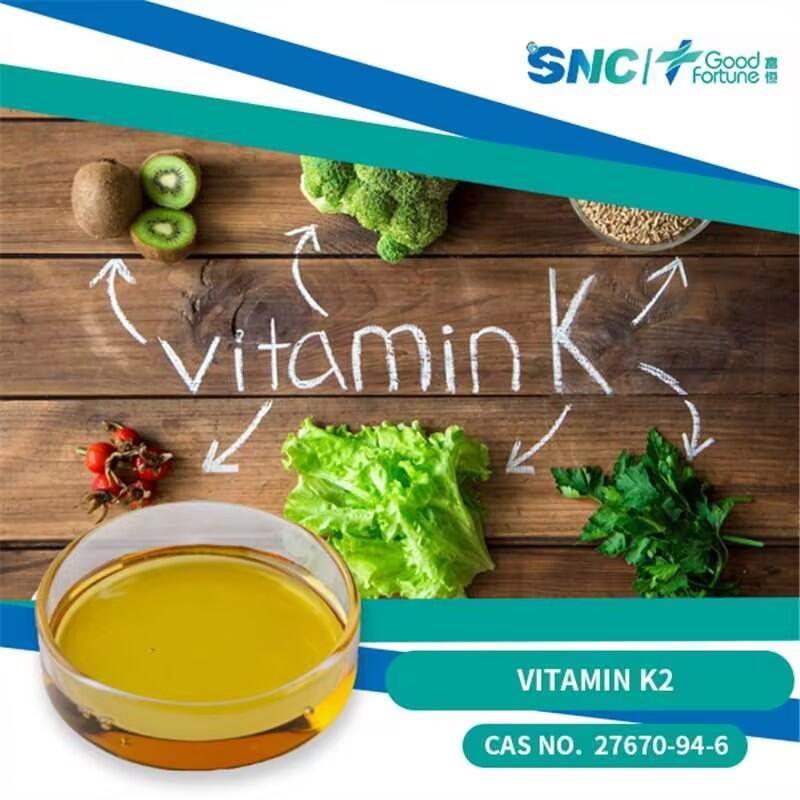-
Categories
-
Pharmaceutical Intermediates
-
Active Pharmaceutical Ingredients
-
Food Additives
- Industrial Coatings
- Agrochemicals
- Dyes and Pigments
- Surfactant
- Flavors and Fragrances
- Chemical Reagents
- Catalyst and Auxiliary
- Natural Products
- Inorganic Chemistry
-
Organic Chemistry
-
Biochemical Engineering
- Analytical Chemistry
-
Cosmetic Ingredient
- Water Treatment Chemical
-
Pharmaceutical Intermediates
Promotion
ECHEMI Mall
Wholesale
Weekly Price
Exhibition
News
-
Trade Service
β-Alanine, N-[(2R)-2,4-dihydroxy-3,3-dimethyl-1-oxobutyl]-, calcium salt, hydrate (2:1:1) is an important chemical compound that is widely used in various industries such as the pharmaceutical, cosmetic, and food and beverage industries.
This compound is commonly referred to as a hydrate of β-alanine and it is known for its ability to improve skin health, reduce the appearance of fine lines and wrinkles, and improve muscle endurance.
In this article, we will take a closer look at the upstream and downstream products of β-Alanine, N-[(2R)-2,4-dihydroxy-3,3-dimethyl-1-oxobutyl]-, calcium salt, hydrate (2:1:1) and their importance in the chemical industry.
Upstream Products
The upstream products of β-Alanine, N-[(2R)-2,4-dihydroxy-3,3-dimethyl-1-oxobutyl]-, calcium salt, hydrate (2:1:1) are primarily raw materials that are used to produce this compound.
These raw materials include β-alanine, which is a naturally occurring amino acid that is found in certain foods and supplements, and calcium salt, which is a naturally occurring mineral that is found in many different types of foods.
Other upstream products may include chemicals and solvents that are used in the production process.
Downstream Products
The downstream products of β-Alanine, N-[(2R)-2,4-dihydroxy-3,3-dimethyl-1-oxobutyl]-, calcium salt, hydrate (2:1:1) are products that are made using this compound as a key ingredient.
These products may include skin care products, such as creams and lotions, that are designed to improve skin health and reduce the appearance of fine lines and wrinkles.
Other downstream products may include supplements and nutraceuticals that are designed to improve muscle endurance and help athletes perform better.
The pharmaceutical industry is also a significant downstream market for β-alanine, as it is used in the production of medications that are used to treat a variety of conditions.
These medications may include prescription drugs that are used to treat muscle weakness and other muscle-related disorders.
In the food and beverage industry, β-alanine is often used as a food additive to improve the quality and texture of certain food products.
It is also used in the production of beverages such as sports drinks, which are designed to help athletes recover after exercise and improve their performance.
Method of Production
The production process for β-Alanine, N-[(2R)-2,4-dihydroxy-3,3-dimethyl-1-oxobutyl]-, calcium salt, hydrate (2:1:1) involves several steps, including the synthesis of β-alanine and the formation of the calcium salt.
The synthesis of β-alanine typically involves the use of chemical reactions, such as the reaction of chloroacetyl bromide with sodium bisulfate, to produce the compound.
The calcium salt is then formed by reacting the β-alanine with calcium hydroxide.
The resulting hydrate is then dried and further processed to produce the final product.
Chemical Properties
β-Alanine, N-[(2R)-2,4-dihydroxy-3,3-dimethyl-1-oxobutyl]-, calcium salt, hydrate (2:1:1) is a white to off-white, crystalline solid that is sol







